Remington .45 ACP 1911 Pistol, 4.25" Barrel, Adjustable Rear Sights, Silver – R96360 For Sale
$967.99
The Remington R1 Enhanced Commander .45 ACP 1911 Pistol, model R96360, is a well-crafted firearm known for its precision and reliability in the realm of 1911 pistols. It features a 4.25-inch match-grade barrel, enhancing its accuracy and dependability. Geared towards 1911 enthusiasts, the pistol includes a Fiber Optic front sight and adjustable rear sights for precision targeting in varying light conditions. Its elegant silver finish and durable construction make it a perfect blend of form and function, ideal for those valuing both aesthetics and performance in their firearms.
Did Remington make a 1911?
Yes, Remington manufactured a version of the 1911 pistol. They produced the M1911 during World War I and later introduced their own versions, such as the Remington R1, in the 21st century.
How much was a 1911 pistol in 1911?
In 1911, the original M1911 pistol was priced at around $15 to $20 when purchased by the United States military from Colt, the manufacturer.
Is 45 ACP a good caliber?
The suitability of the .45 ACP caliber depends on your specific needs and preferences. It is widely appreciated for its stopping power and performance in self-defense situations. Many people favor it for home defense and personal protection because of its larger bullet size and the knockdown power it provides. However, guns chambered in .45 ACP often have lower magazine capacities and can have more recoil than smaller calibers, such as 9mm. It’s important to consider factors such as your own shooting ability, intended use (self-defense, target shooting, etc.), and comfort with handling the recoil before deciding if it’s the right caliber for you. Ultimately, the best caliber is one that you can shoot accurately and confidently.
How many bullets does a 1911 45 hold?
A standard M1911 .45 caliber pistol typically holds 7 rounds in the magazine, plus one in the chamber, for a total of 8 rounds. However, there are extended magazines available that can hold more rounds.
What 1911 does the FBI use?
The FBI uses a custom version of the 1911 pistol known as the Springfield Professional Model. It is chambered in .45 ACP and is part of their Hostage Rescue Team and SWAT units’ arsenal.
When did Remington stop making handguns?
Remington temporarily stopped producing handguns when it filed for bankruptcy and sold its assets in 2020. However, the rights to manufacture Remington-branded firearms, including handguns, were acquired by other companies, such as Remington Ammunition. Production may have resumed through these new entities, but you may want to confirm the current status with a recent source, as it can change over time.
How much was $100 worth in 1911?
To determine how much $100 in 1911 is worth today, we must account for the effects of inflation over the years. Inflation data can provide us with an estimate, although exact values can vary slightly due to different calculation methods and sources. Using the U.S. Bureau of Labor Statistics Consumer Price Index (CPI) as a reference, $100 in 1911 would be equivalent to approximately $3,100 to $3,500 in today’s dollars, depending on the specific year in question. Keep in mind that this is a general estimate, and actual values may vary slightly.
What is so special about a 1911 pistol?
The 1911 pistol, designed by John Browning, is special for several reasons:
1. **Historical Significance**: It was adopted by the U.S. military in 1911 and served as the standard-issue sidearm through both World Wars and beyond, remaining in use till 1985.
2. **Design and Innovation**: Its design was revolutionary at the time of its introduction, featuring a single-action, semi-automatic mechanism that has influenced countless other pistols.
3. **Durability and Reliability**: Known for its robustness and reliability in various combat conditions, it gained a reputation as a reliable service weapon.
4. **Ergonomics**: The 1911 is celebrated for its excellent ergonomics, balance, and handling, which contribute to its enduring popularity among shooters and collectors.
5. **Customizability**: Its design allows for extensive customization, making it popular for personalization among firearm enthusiasts.
6. **Cultural Icon**: The 1911 has become an iconic firearm in both military history and popular culture, symbolizing American firearm craftsmanship.
These attributes contribute to the 1911’s enduring legacy and popularity among military personnel, law enforcement, and civilian shooters.
Who made the original 1911 pistol?
The original 1911 pistol, known as the M1911, was designed by John Browning and was manufactured by Colt’s Patent Fire Arms Manufacturing Company (now known as Colt’s Manufacturing Company).
Is 45 ACP deadlier than 9mm?
The question of whether .45 ACP is deadlier than 9mm is complex and depends on various factors. Both calibers have their own advantages and disadvantages:
1. **Ballistics and Stopping Power**: The .45 ACP has a larger diameter and typically delivers a heavier bullet, which can result in greater stopping power and energy transfer upon impact. This can make it potentially more effective at stopping a threat with fewer rounds. The 9mm, while having a smaller diameter, often has higher velocity and can be easier to control, allowing for faster follow-up shots.
2. **Penetration and Expansion**: 9mm rounds can penetrate deeply and with the right ammunition, can expand sufficiently to create significant wound channels. The .45 ACP, with its larger bullet, may cause greater tissue disruption upon expansion.
3. **Capacity and Recoil**: 9mm handguns usually have higher magazine capacities than their .45 ACP counterparts, which is an advantage in situations requiring multiple shots. The 9mm generally has less recoil, making it easier for more accurate rapid fire.
4. **Shooting Proficiency**: The effectiveness of either caliber largely depends on the shooter’s proficiency. Factors like shot placement and the shooter’s ability to handle recoil play significant roles in the lethality of any round.
5. **Ammunition Advances**: Modern advancements in bullet technology (e.g., hollow points) have improved the performance of both calibers significantly, blurring the differences in their “deadliness”.
Ultimately, the deadliness of either caliber is not just about the round itself but includes shot placement, shooter skill, and context of use. Law enforcement and military organizations worldwide use both calibers effectively, often choosing based on specific operational requirements or personal preference.
Why is the .45 ACP God’s caliber?
The nickname “.45 ACP God’s caliber” is primarily rooted in firearm culture and tradition, reflecting a combination of historical significance, performance, and a bit of mythology. There are several reasons enthusiasts might refer to it this way:
1. **Historical Use**: The .45 ACP (Automatic Colt Pistol) cartridge was developed by John Browning in 1904 and became widely known through its use in the Colt M1911 pistol, which was the standard-issue sidearm for the United States Armed Forces from 1911 to 1985. Its long-standing service and reliability in significant military conflicts have given it a legendary status.
2. **Stopping Power**: The .45 ACP is renowned for its stopping power, often cited for its effectiveness in incapacitating targets quickly. This reputation has contributed to its iconic status among personal defense calibers.
3. **Cultural Impact**: Over the years, the .45 ACP has been prominently featured in movies, television, and literature, reinforcing its legendary status. It’s often associated with toughness and reliability.
4. **Devotee Enthusiasm**: Firearm enthusiasts and collectors often speak about the .45 ACP with reverence due to its historical pedigree and performance characteristics. The moniker “God’s caliber” reflects both admiration and nostalgia within this community.
While the nickname is mostly used humorously or affectionately, it underscores the respect and fondness many shooters have for the .45 ACP.
Is 45 ACP stronger than 44?
The .45 ACP (Automatic Colt Pistol) and the .44 Magnum are two different cartridges with distinct characteristics. The .44 Magnum is generally considered to be more powerful than the .45 ACP. It has a higher velocity, greater energy, and is often used in hunting and for handgun sports that require more stopping power. The .45 ACP is known for its use in semi-automatic pistols and is popular for self-defense due to its manageable recoil and effective stopping power at close range. Therefore, in terms of raw power and ballistic performance, the .44 Magnum is stronger than the .45 ACP.
What is the Remington Rand 1911?
The Remington Rand 1911 is a variant of the M1911 semi-automatic pistol, which was originally designed by John Browning and adopted by the United States military in 1911. During World War II, the demand for firearms increased significantly, and multiple manufacturers were contracted to produce the M1911. Remington Rand, originally a typewriter manufacturing company, was one of the companies tasked with producing these pistols for the U.S. military. Remington Rand 1911s are noted for their reliable performance and are sought after by collectors due to their historical significance.
Who made the original 1911 pistol?
The original 1911 pistol was designed by John Browning and was manufactured by Colt’s Manufacturing Company.
What guns did Remington make?
Remington Arms has produced a wide variety of firearms over its long history. Some of the most notable guns made by Remington include:
1. **Remington Model 700** – A popular bolt-action rifle known for its accuracy and reliability, widely used for hunting and in military and police applications.
2. **Remington Model 870** – A widely used pump-action shotgun, popular for its versatility in hunting, sport shooting, and law enforcement.
3. **Remington Model 1100** – A semi-automatic shotgun well regarded for its smooth operation and used in both hunting and competitive shooting.
4. **Remington Model 7600** – A pump-action rifle used primarily for hunting.
5. **Remington Model 572** – A pump-action .22 caliber rifle, commonly used for small game hunting and target shooting.
6. **Remington Model 783** – A bolt-action rifle designed as an affordable option for hunters and sport shooters.
7. **Remington R51** – A semi-automatic pistol, reintroduced with updates in recent years.
8. **Remington Model Seven** – A bolt-action rifle designed to be lightweight and easy to handle, often used by hunters.
9. **Remington V3** – A semi-automatic shotgun with a gas-operated system, intended for reliability and ease of use.
10. **Remington RP9** – A full-size, polymer-frame semi-automatic pistol.
These are just some examples, and Remington has a broad catalog that includes many other rifles, shotguns, and handguns catering to various markets like hunting, sport shooting, and law enforcement.
Be the first to review “Remington .45 ACP 1911 Pistol, 4.25" Barrel, Adjustable Rear Sights, Silver – R96360” Cancel reply
Related products
Remington .45 ACP 1911 Pistol
Remington .45 ACP 1911 Pistol, 4.25" Barrel, Adjustable Sights, Black – R96336
Remington .45 ACP 1911 Pistol
Remington .45 ACP 1911 Pistol, 3.5" Barrel, Night Sights, Black – R96493
Remington .45 ACP 1911 Pistol
Remington .45 ACP 1911 Pistol, 4.25" Barrel, Adjustable Fiber Optic Sights, Black – R96359
Remington .45 ACP 1911 Pistol
Remington .45 ACP 1911 Pistol, 5" Barrel, Adjustable Fiber Optic Sights, Black – R96328
Remington .45 ACP 1911 Pistol
Remington .45 ACP 1911 Pistol, 5.5" Barrel, Tall 2-Dot Sights, Black – R96339
Remington .45 ACP 1911 Pistol
Remington .45 ACP 1911 Pistol, 5" Barrel, Adjustable Sights, Black – R96323
Remington .45 ACP 1911 Pistol
Remington .45 ACP 1911 Pistol, 5" Barrel, Adjustable Rear Sights, Silver – R96324
Remington .45 ACP 1911 Pistol
Remington .45 ACP 1911 Pistol, 5" Barrel, Adjustable Rear Sights, Silver – R96329
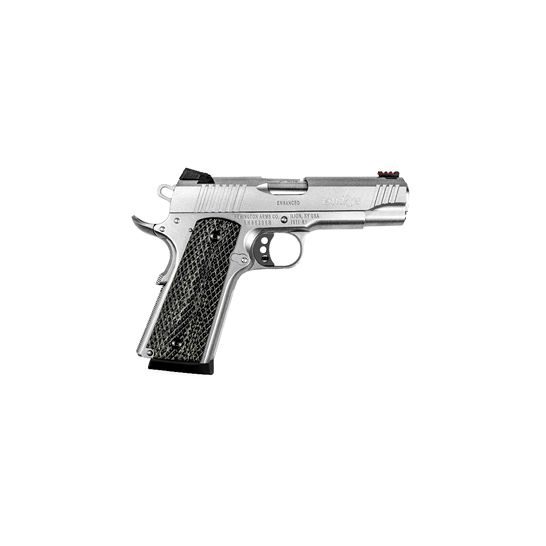
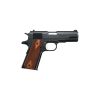
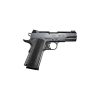
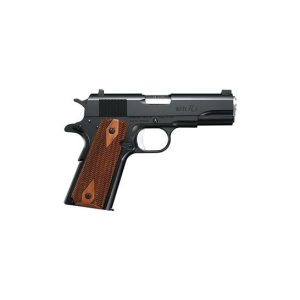
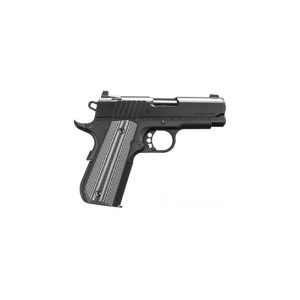
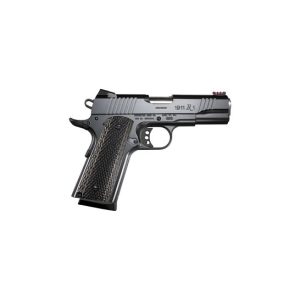
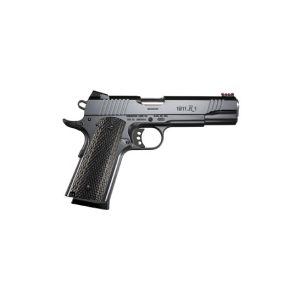
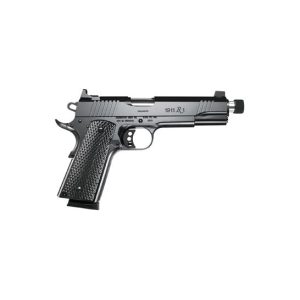
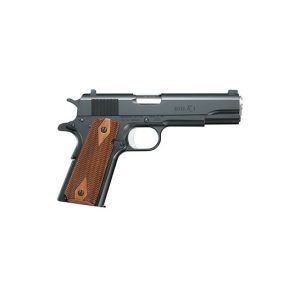
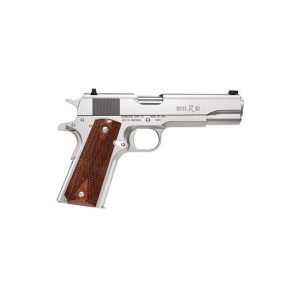
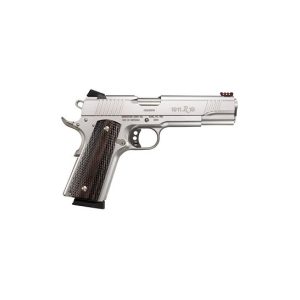
Reviews
There are no reviews yet.